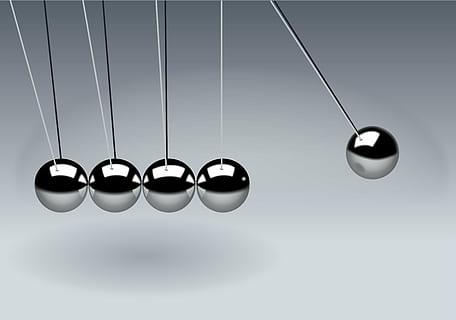
Earth’s Gravity and How it Affects Objects of Different Masses
In this lesson, students will test Earth's gravity and how gravity affects objects of different masses. Students will see that mass does not have an effect but instead air resistance is what causes objects to fall at different rates. Students will use one bolt and one nut and drop it at least 1.75 meters high, students will then drop one bolt and two nuts, and continue this to 6 nuts so they can see that the time it falls is the same or very close to it (human error can affect it).
Students will also practice writing a hypothesis using "if", "then", and "because". Students will calculate the mean (average) of three consecutive trials to figure out if mass plays a role. Students will also create a bar graph and analyze and interpret their data to conclude if the gravity on Earth is affected by different masses.
Lesson Grade Level
7th GradeLesson Plan Link/URL
https://docs.google.com/presentation/d/1JAlczaPigflC2_b2HeyFO3HDcu3d9VBe/edit?u…Related Content

In this lesson plan, students will make use of their knowledge about gravitational force and factors affecting it to design a stuffed mini parachute that will land the slowest from a given height

Investigative Phenomenon: When subjected to identical forces, a golf ball and a table tennis ball exhibit distinct movement. In this lesson, students discover: 1. Equivalent force may result in varied

This lesson incorporates Math, Science and Reading standards into a pumpkin themed third grade lesson. Students will use a mentor text to relate to the life cycle of a pumpkin, create, compare and